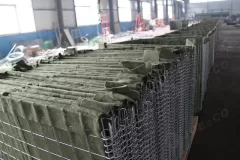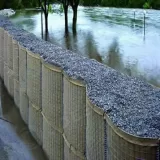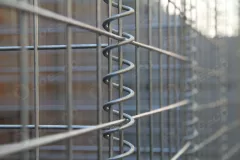Hesco barrier, also known as hesco bastion, are commonly used defense structures designed to protect military facilities and areas. They are based on the principles of gabion mesh and are filled with materials such as sand, soil, or other suitable substances to enhance their protective capabilities and stability.
Structure:
The structure of a military protective barrier consists of several main components:
1. Framework: hesco barrier adopt a framework similar to gabion mesh, typically made of metal materials such as wire mesh or steel bars. This structure provides sturdy support and ensures the stability and durability of the barrier.
2. Filling material: The inside of a military protective barrier is filled with materials such as sand, soil, or other suitable substances. The choice of filling material depends on specific requirements and can be adjusted accordingly. The main purpose of the filling material is to increase the barrier’s protective capabilities, allowing it to effectively absorb energy from explosions and impacts.
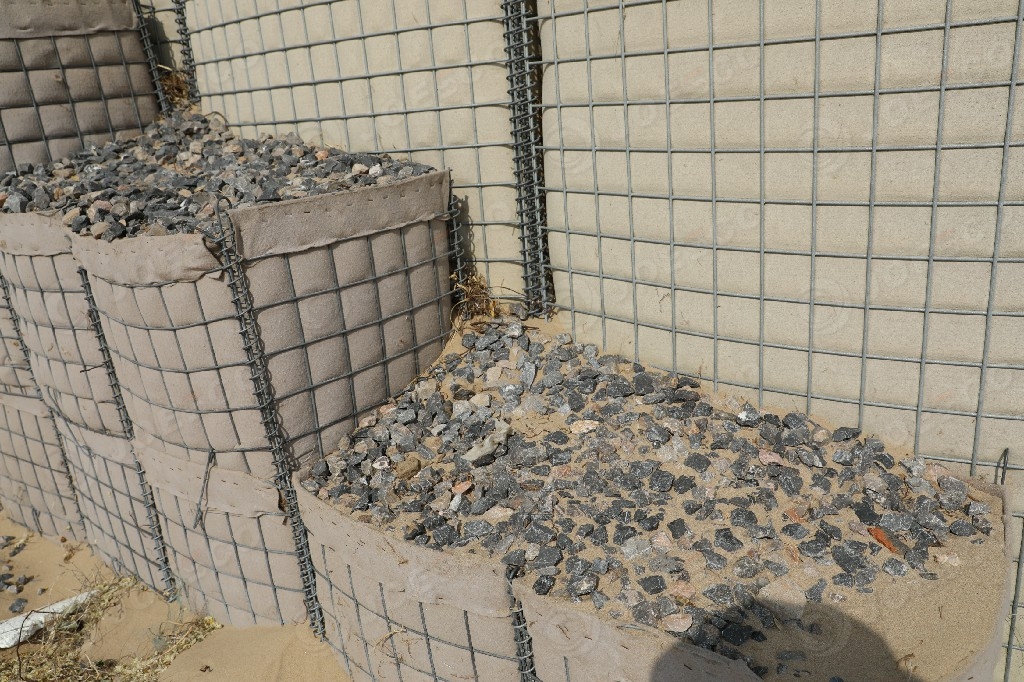
3. Geotextile fabric: To maintain the stability and structural integrity of the filling material, hesco barrier are equipped with geotextile fabric as lining. Geotextile fabric prevents the filling material from spilling out and provides some filtration and drainage functions, ensuring the stability and reliability of the barrier.
Functions:
hesco barrier serve several primary functions:
1. Protection: As a solid barrier, hesco barrier effectively block incoming threats such as explosions, impacts, and gunfire. The combination of filling material and geotextile fabric reduces the effects of explosions and impacts on the barrier, protecting surrounding military facilities from damage.
2. Isolation: hesco barrier can isolate military facilities and areas from the external environment, enabling secure control and management. They can demarcate the boundaries of military bases, restricting unauthorized access and personnel movement, thus safeguarding the security and confidentiality of military targets.
3. Multi-functionality: In addition to providing protection and isolation, hesco barrier possess various multi-functional features. For instance, they can serve as display and alarm devices when equipped with lighting and sound equipment for warning purposes. Furthermore, hesco barrier can be utilized as climbing and training facilities for military personnel, supporting training and physical fitness activities.
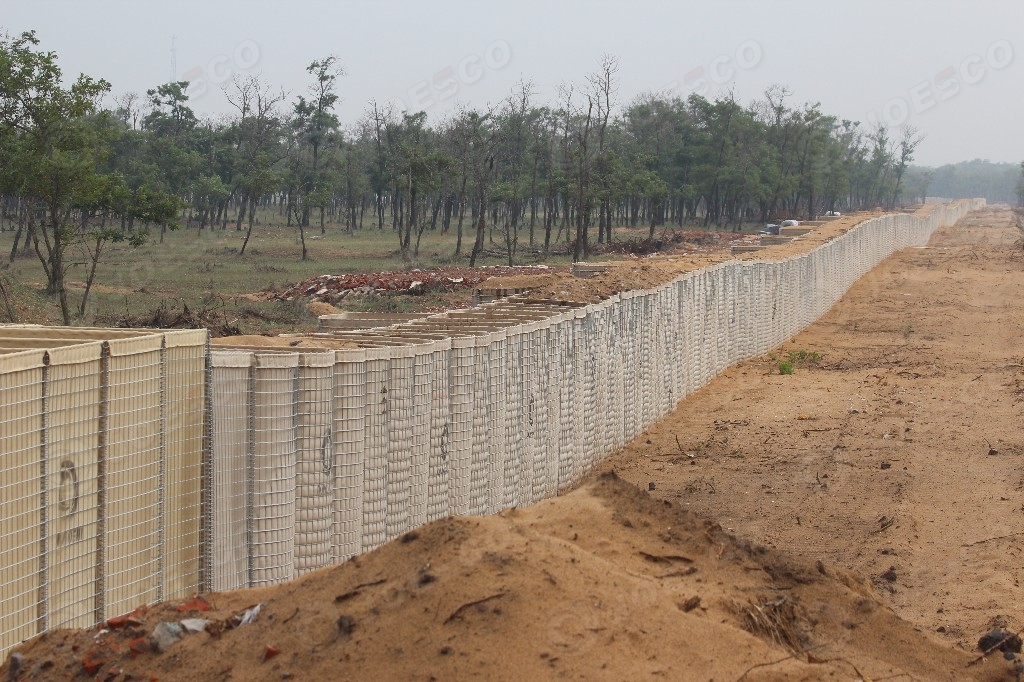
Conclusion:
hesco barrier play a significant role in protecting military targets, providing isolation, and offering multiple functionalities as important defense structures. Through clever structural design and appropriate filling material selection, hesco barrier can effectively mitigate the impacts of explosions and impacts, creating robust defense barriers for military installations.
However, it is important to note that hesco barrier are only part of military security. A comprehensive defense system should consider other factors such as surveillance, vigilance, and response to construct a well-rounded military defense system. It is hoped that our military technology will continue to innovate and make greater contributions to the defense of national security and world peace.

